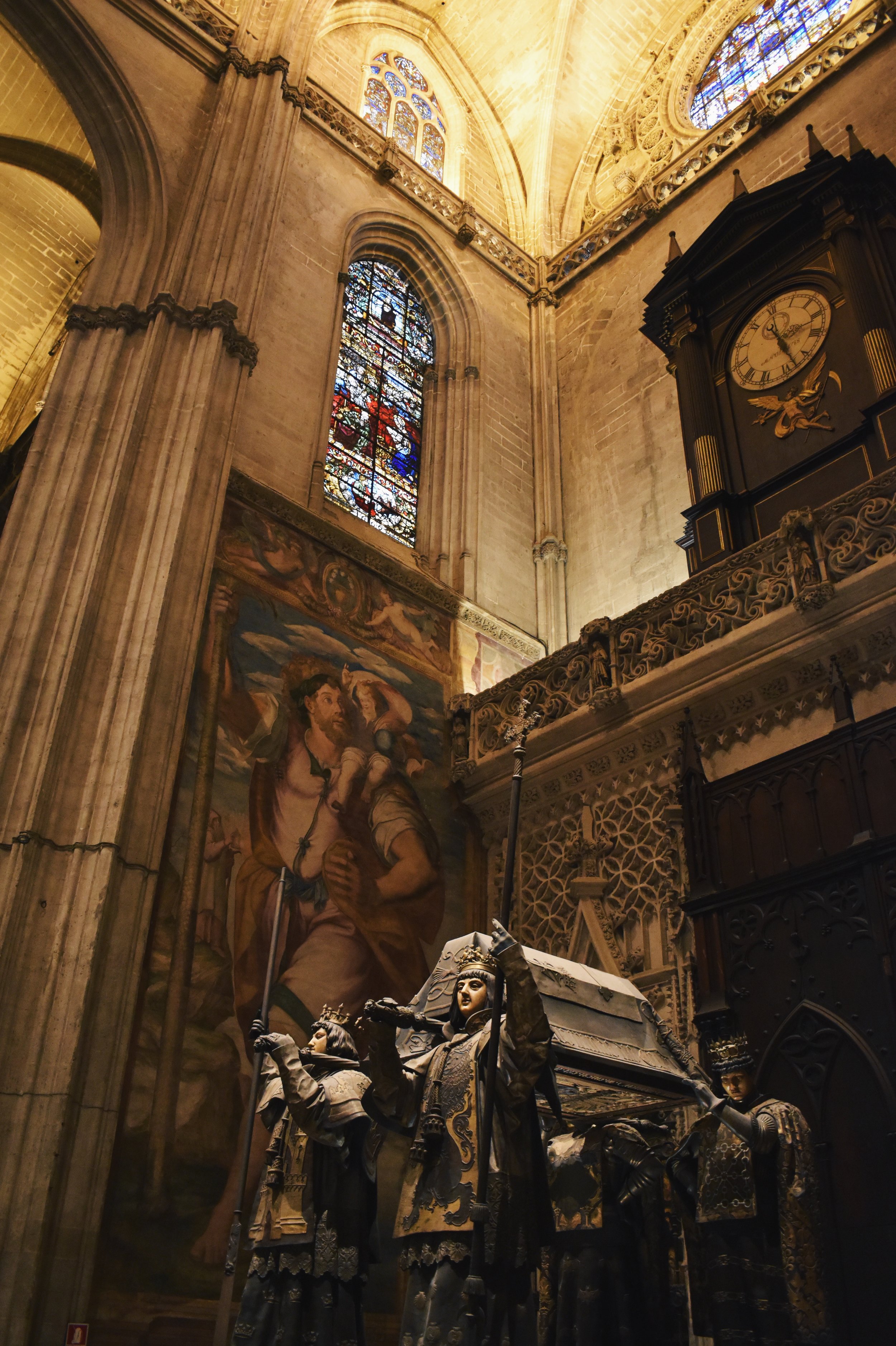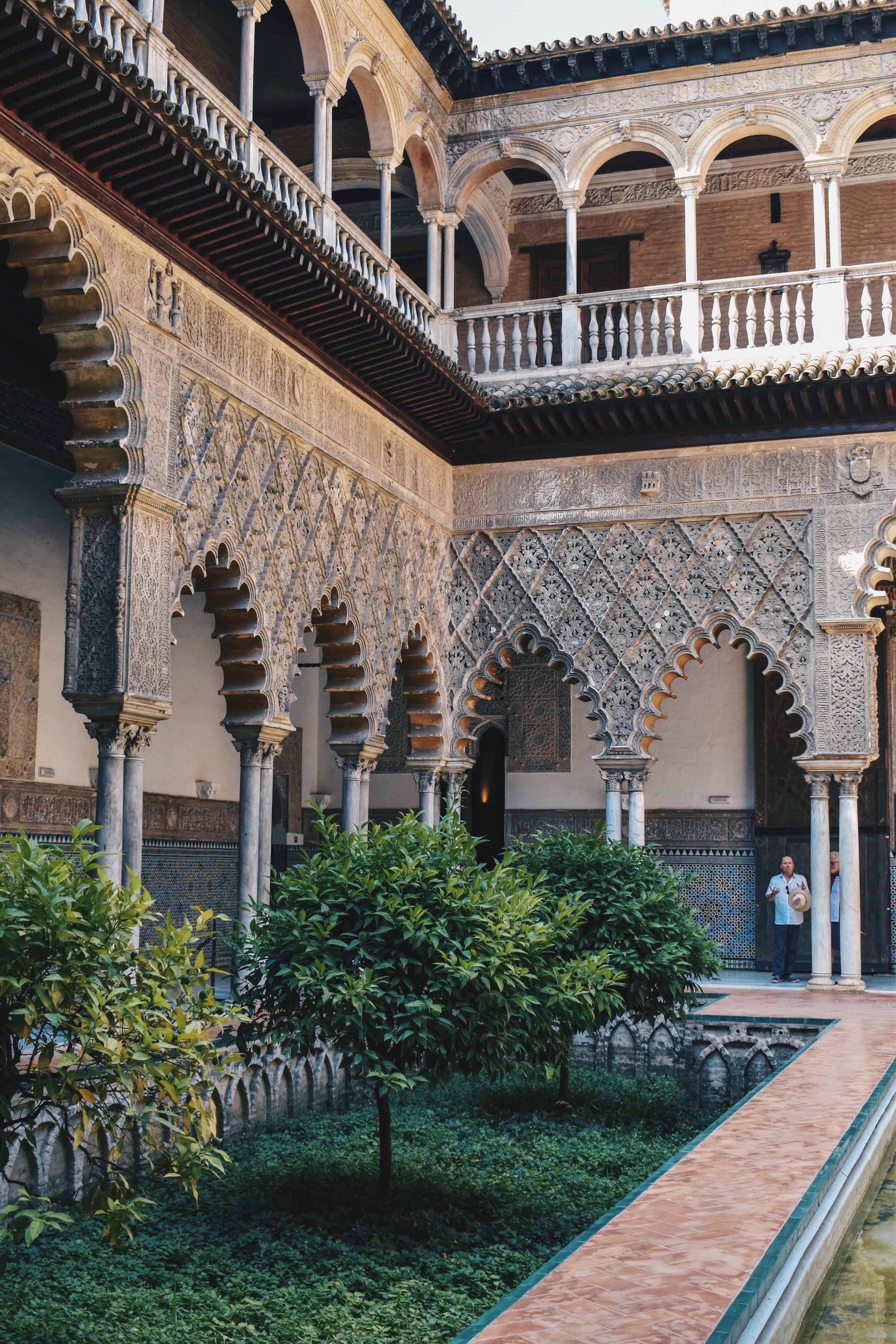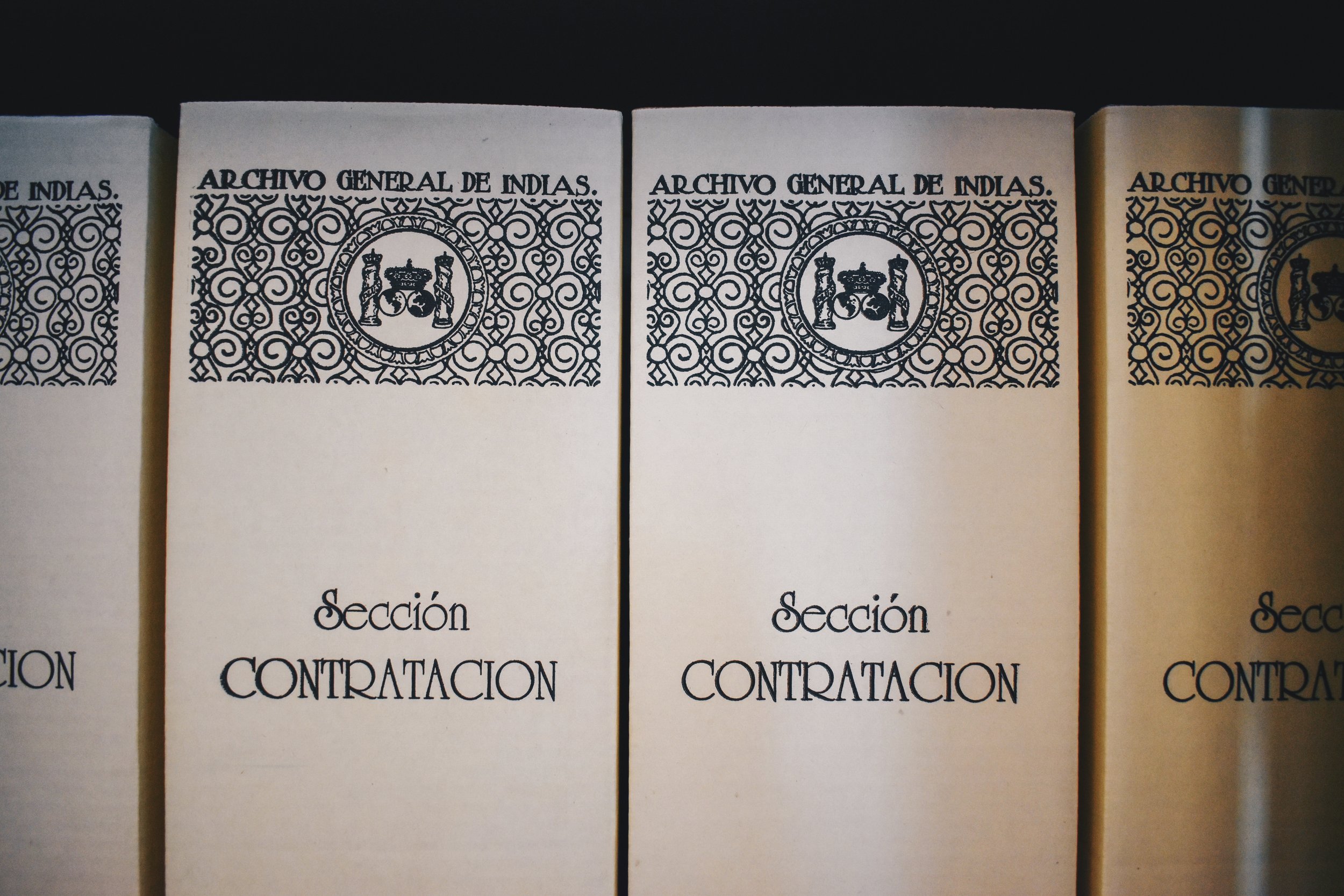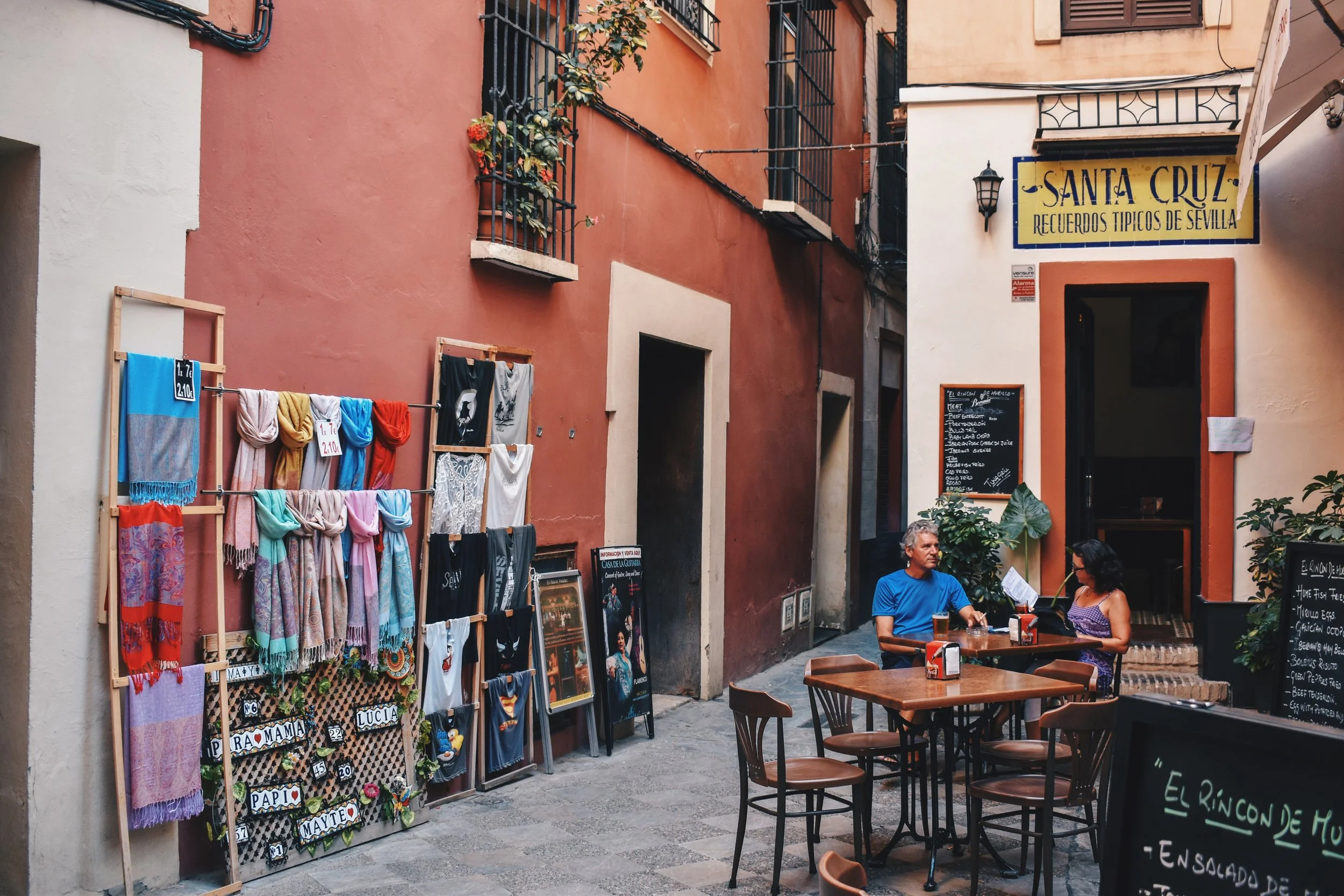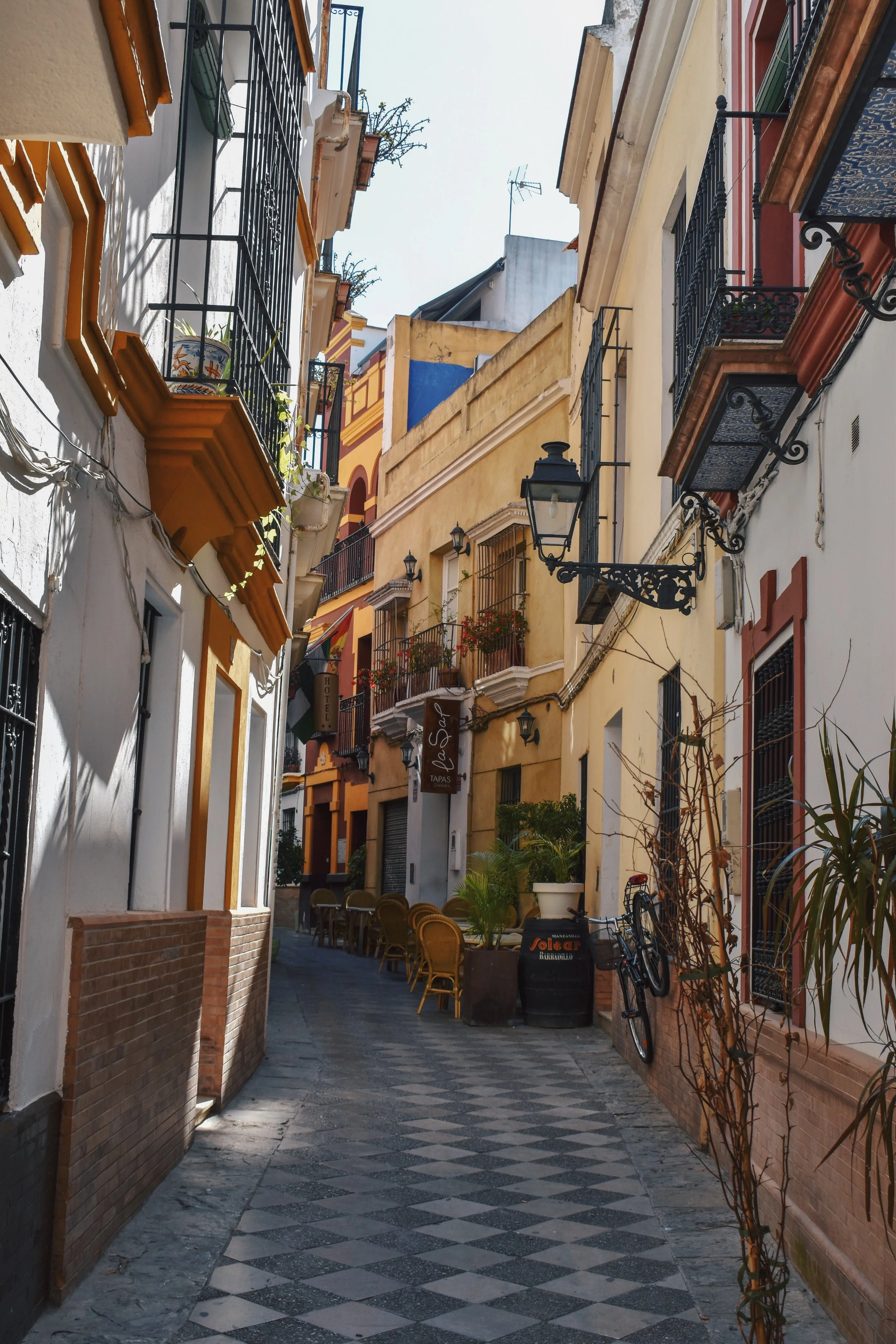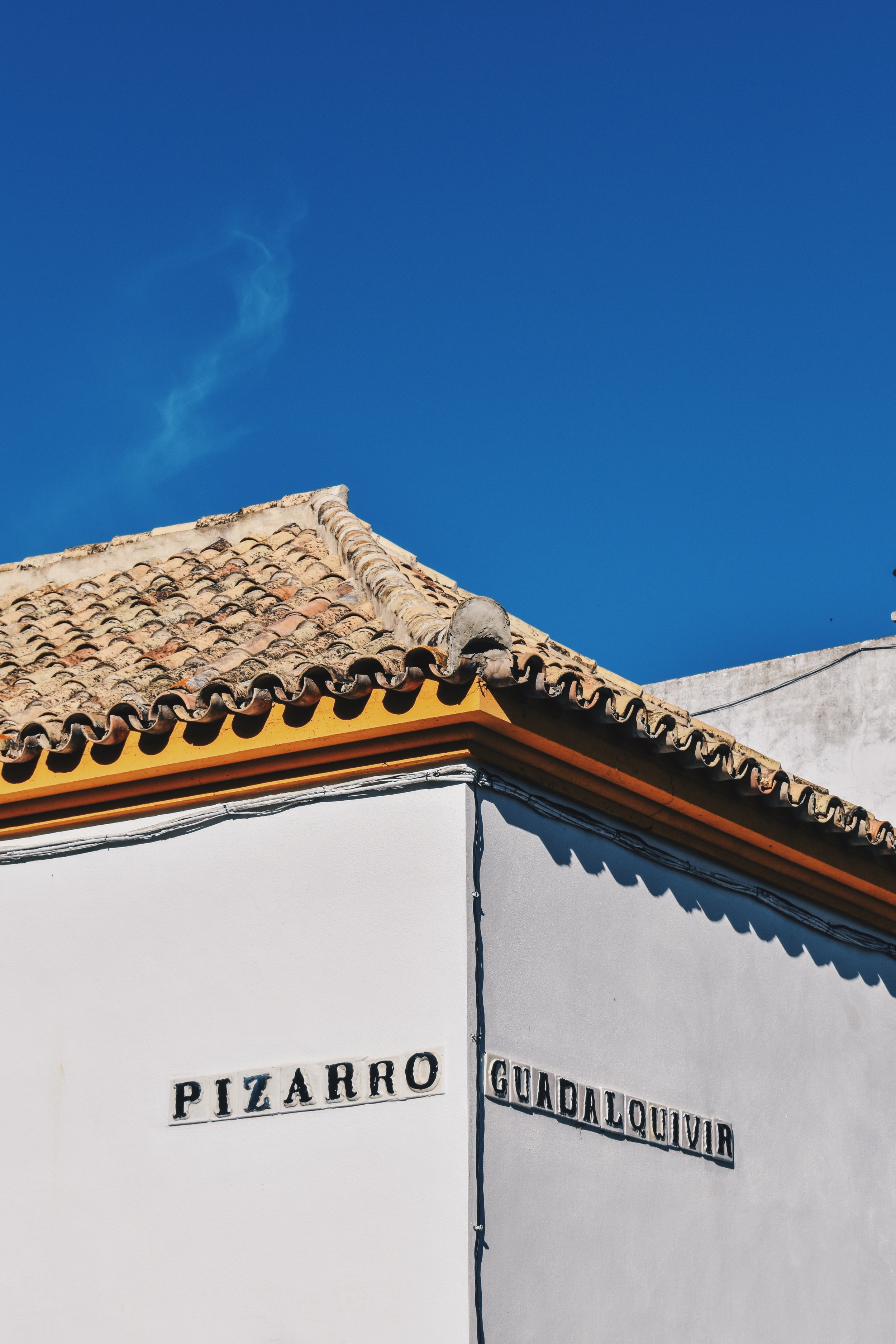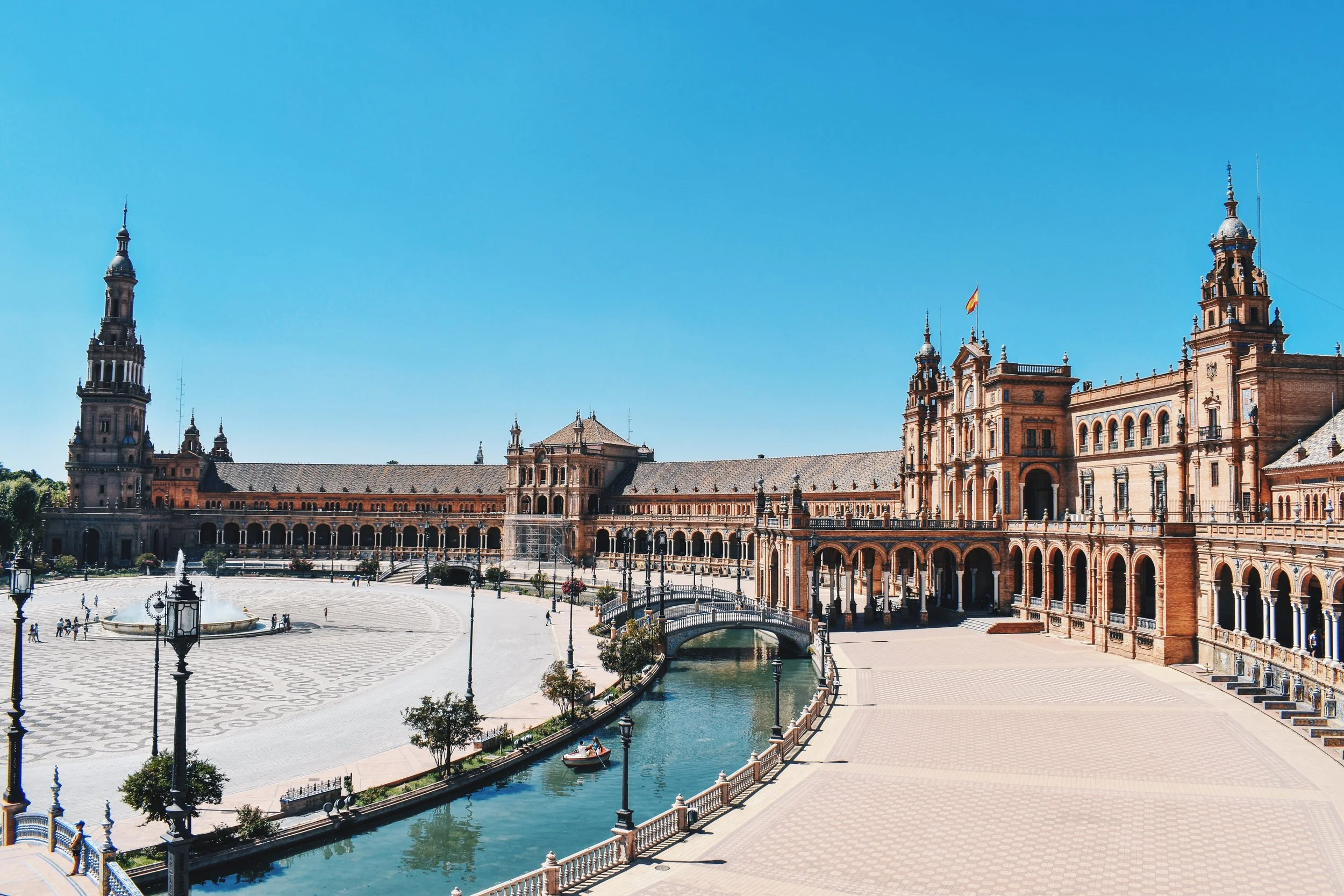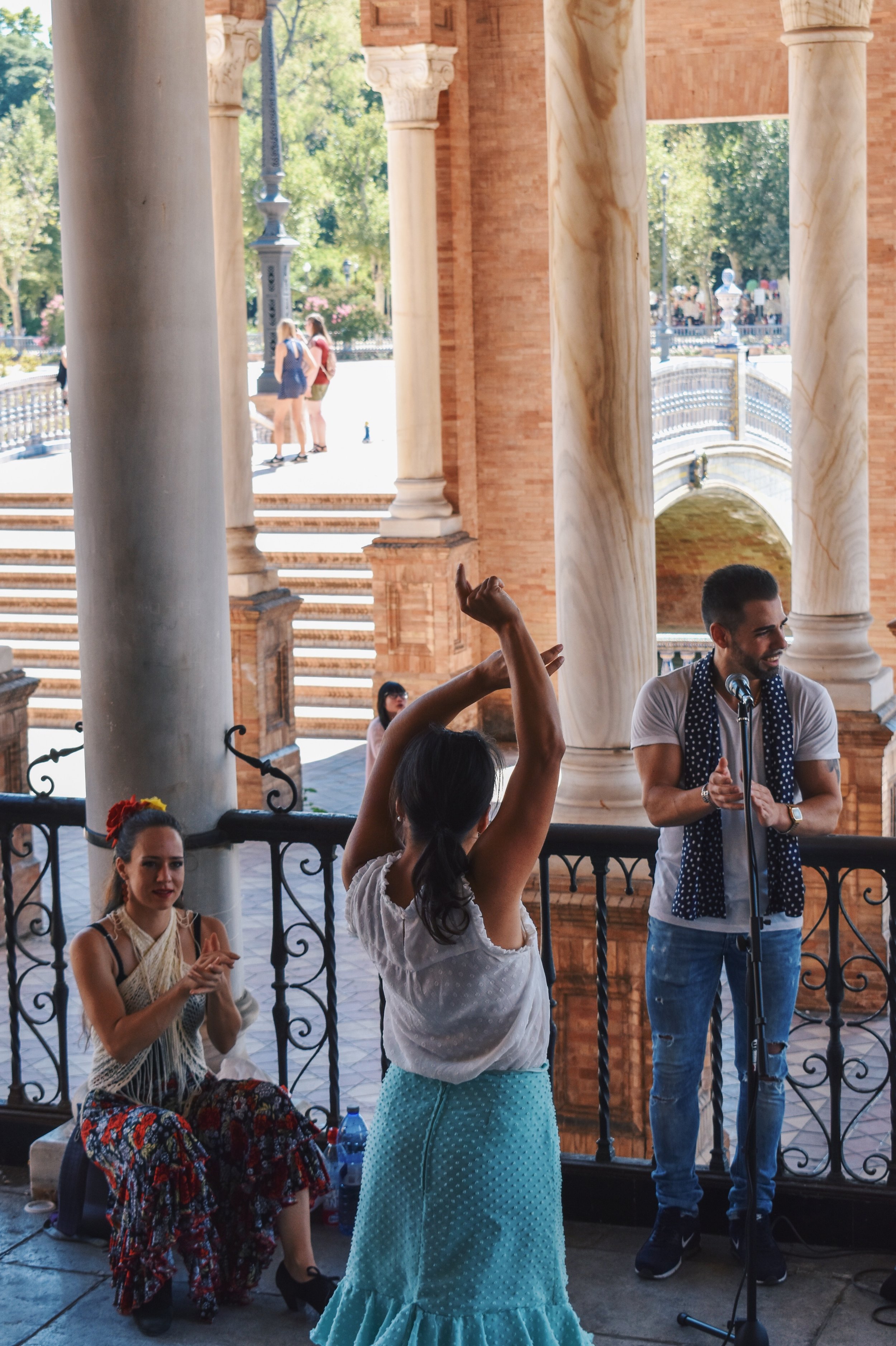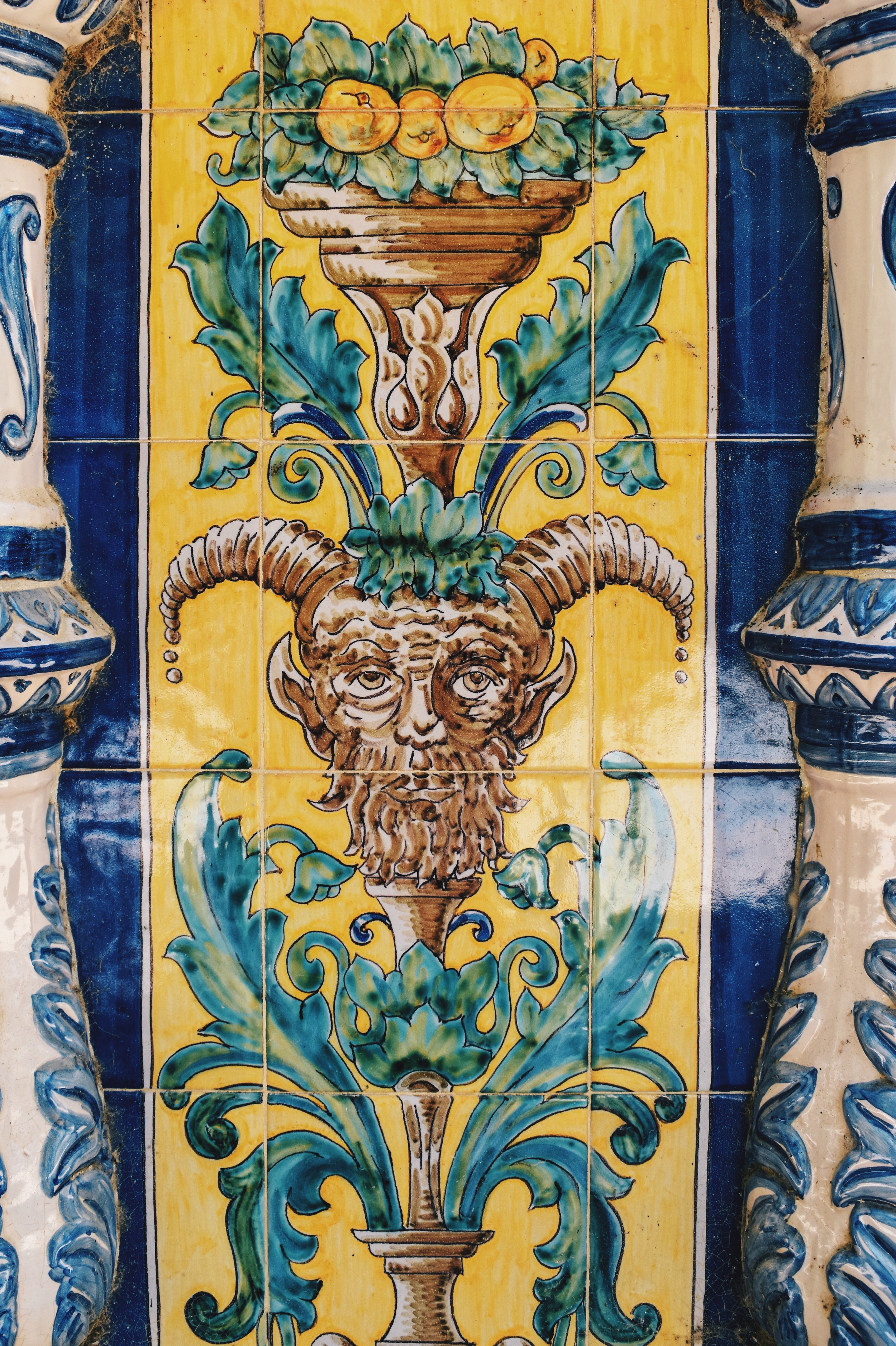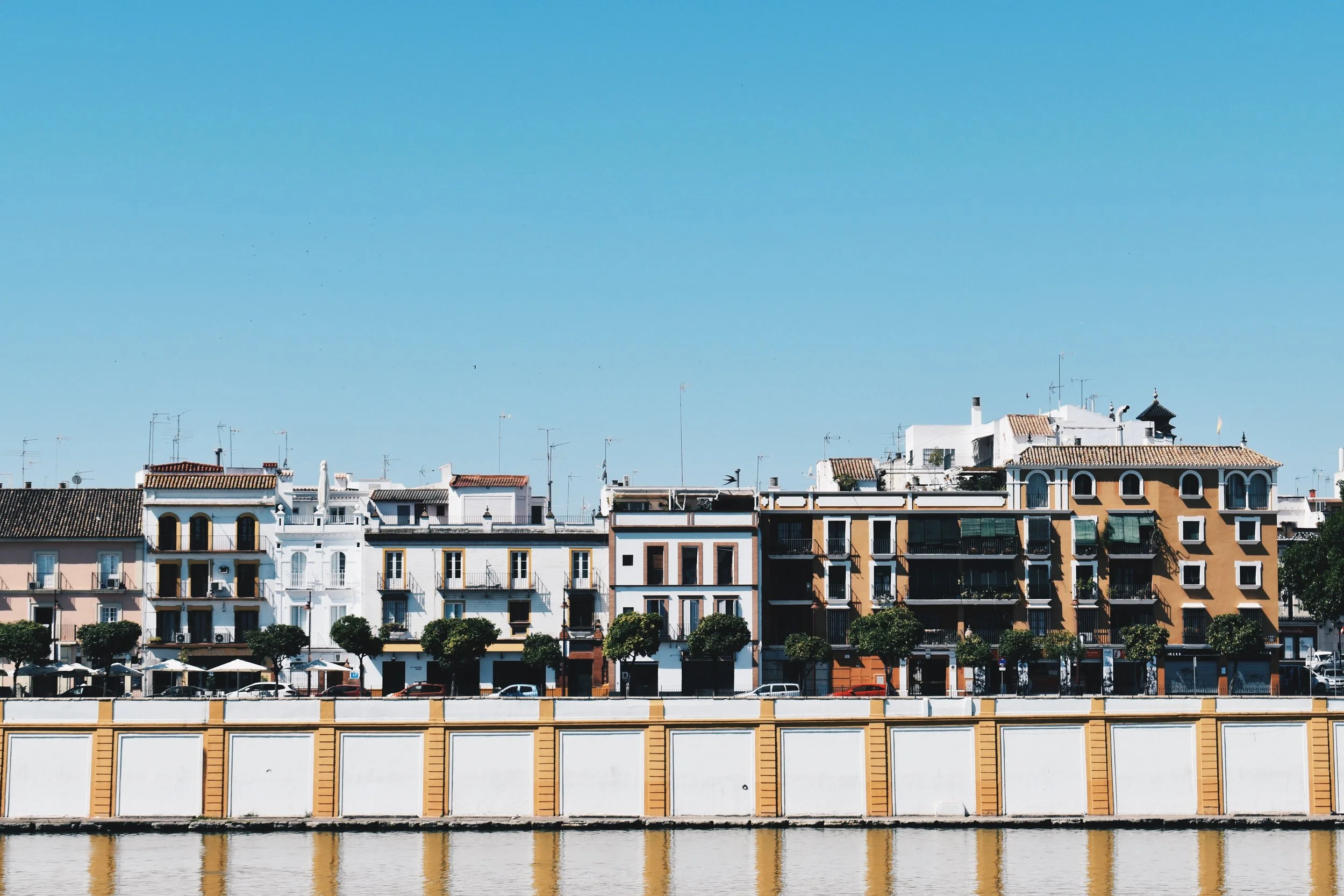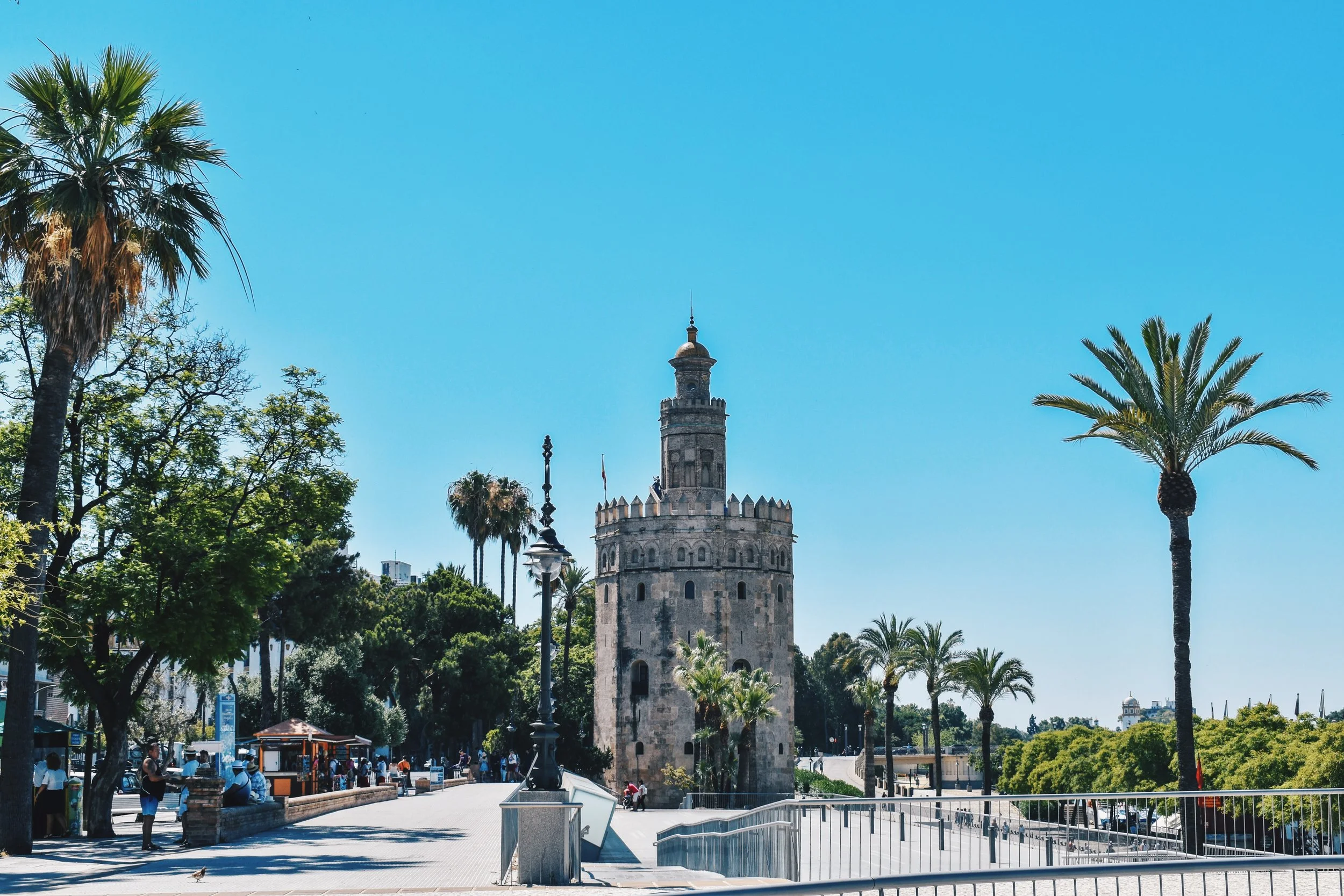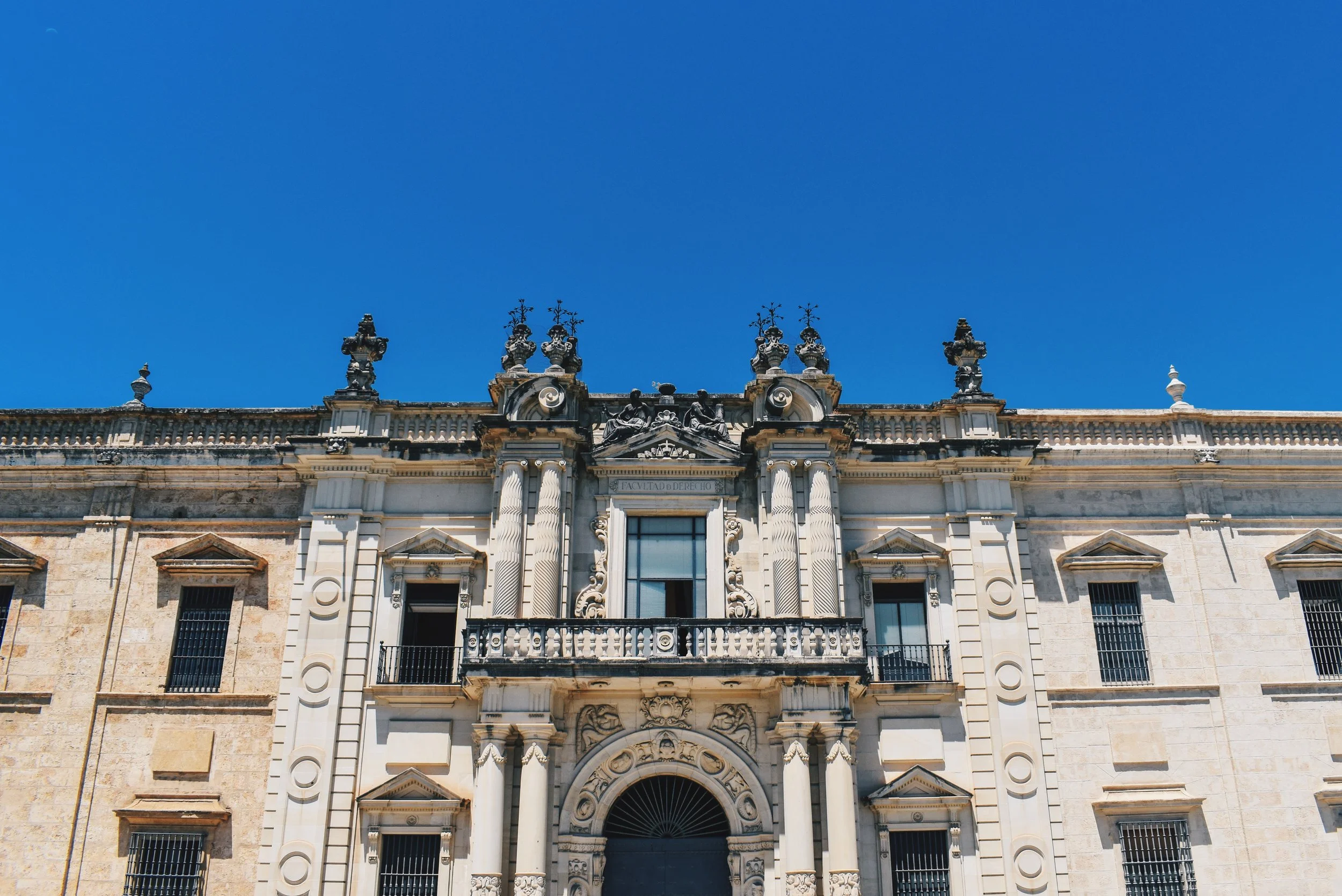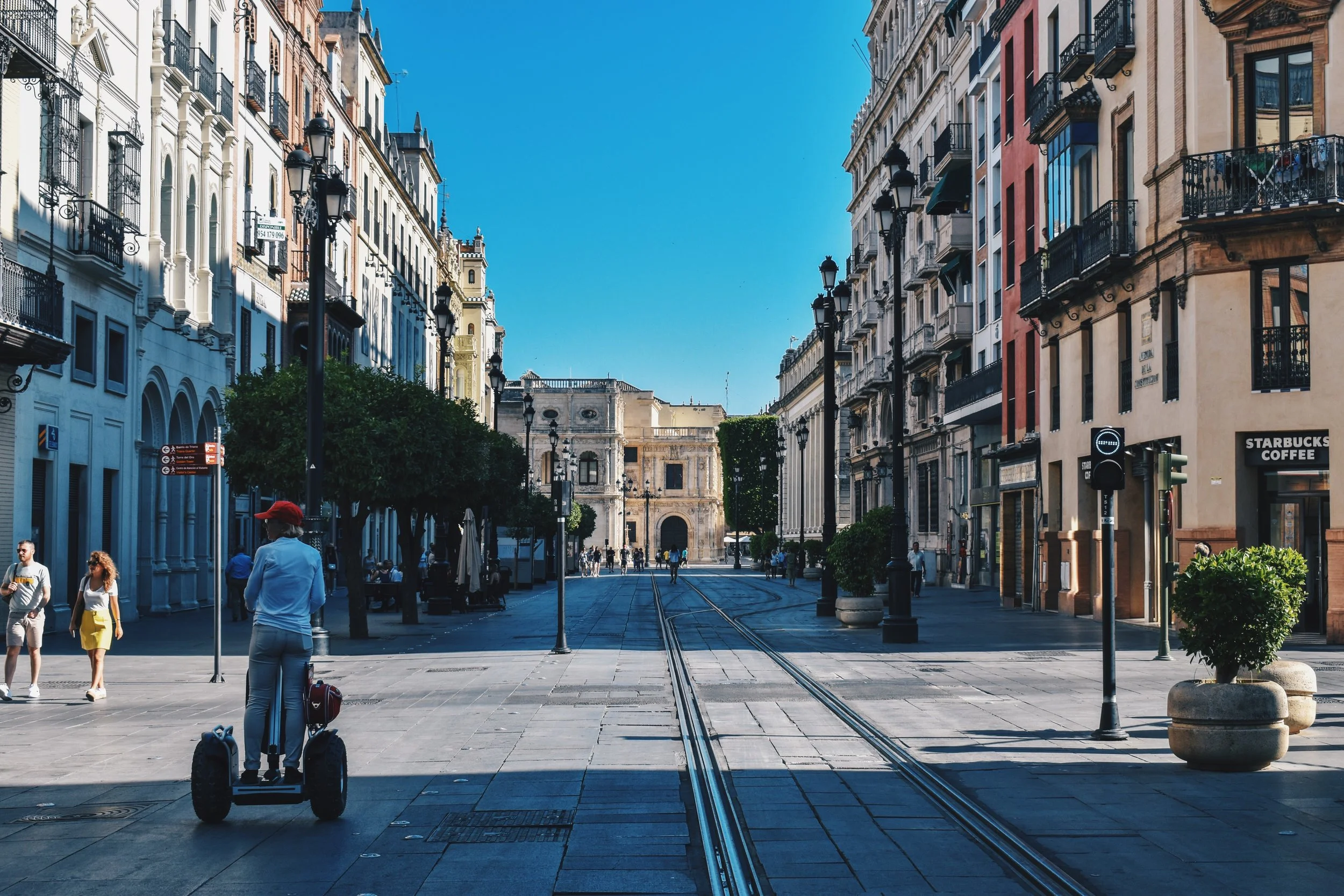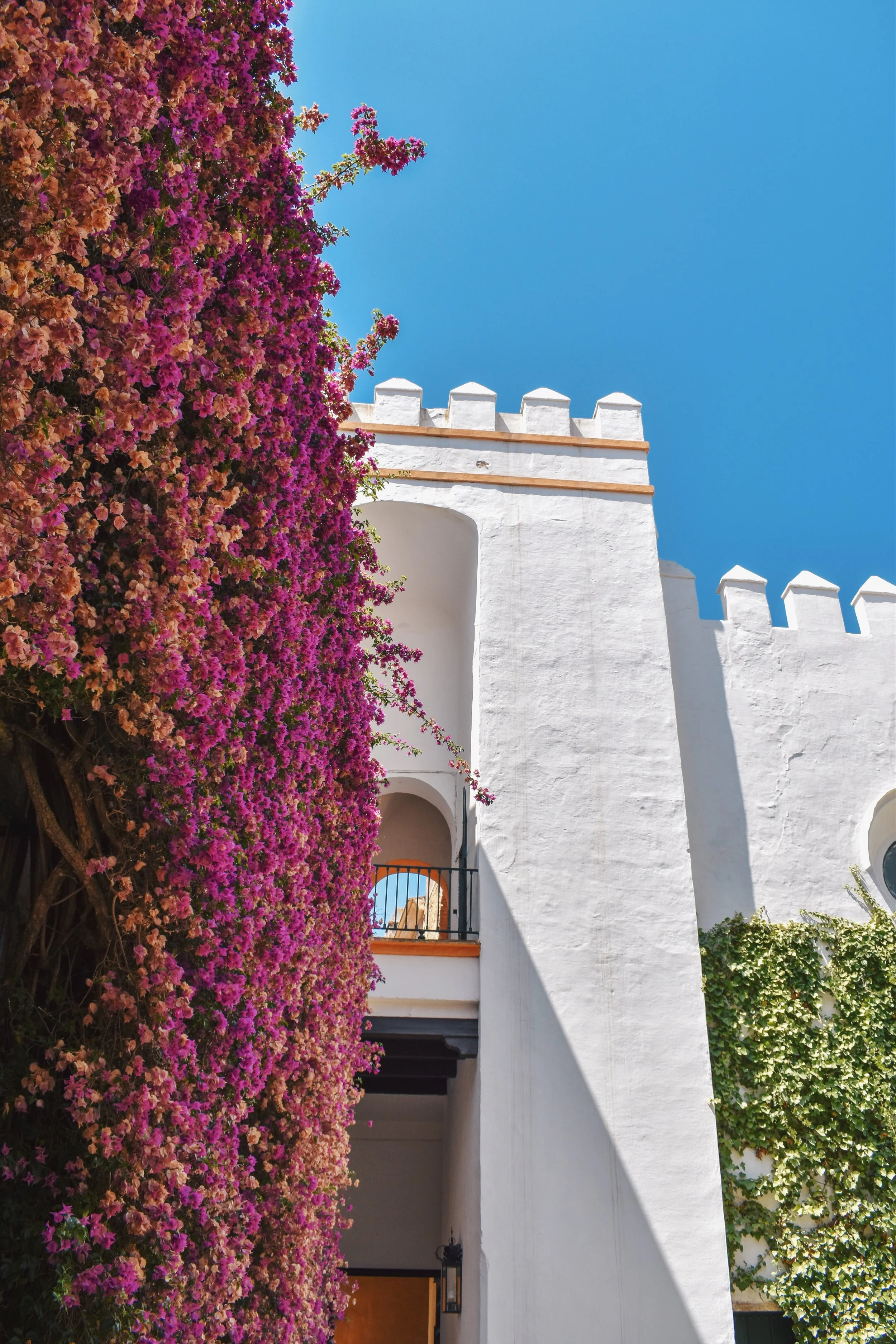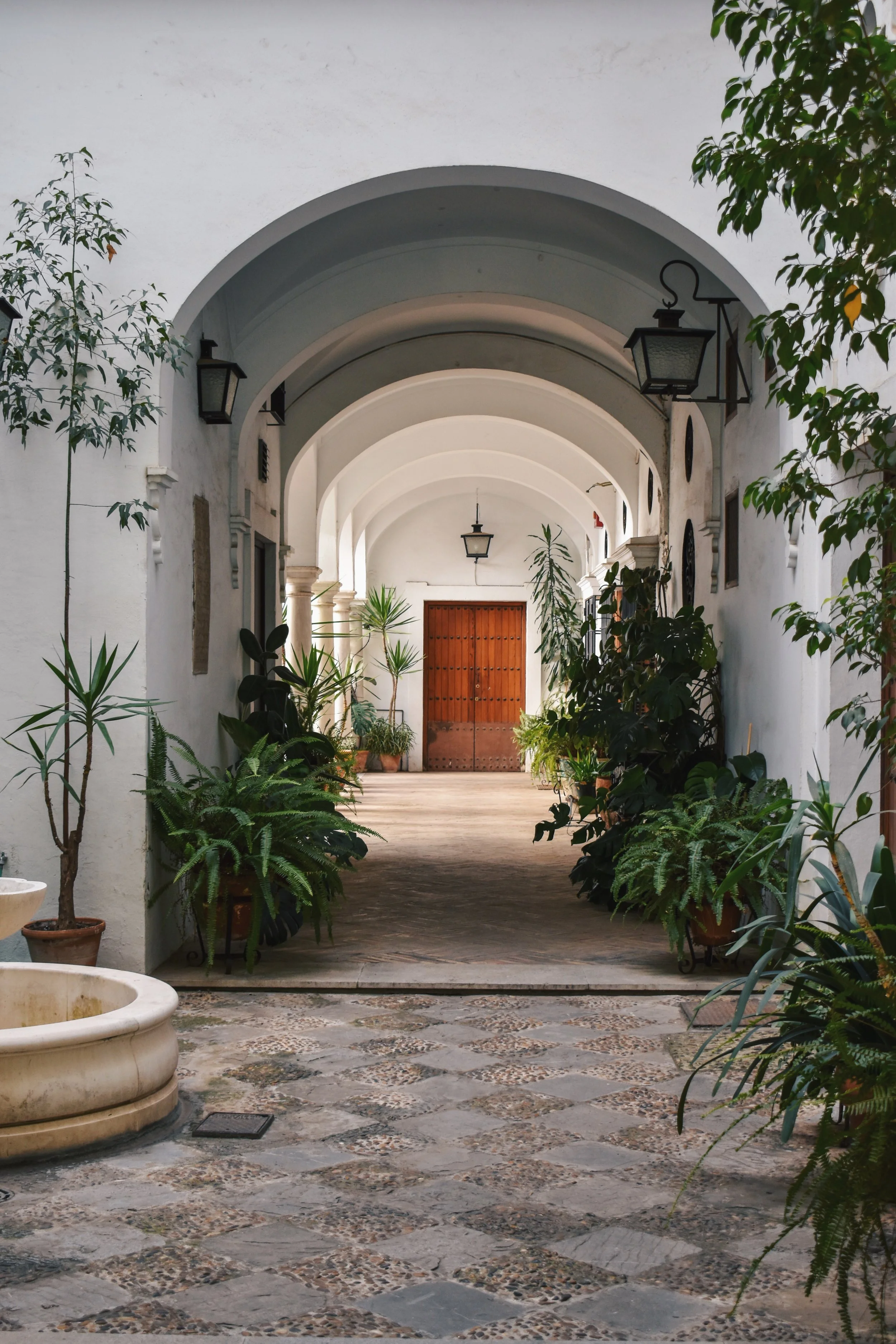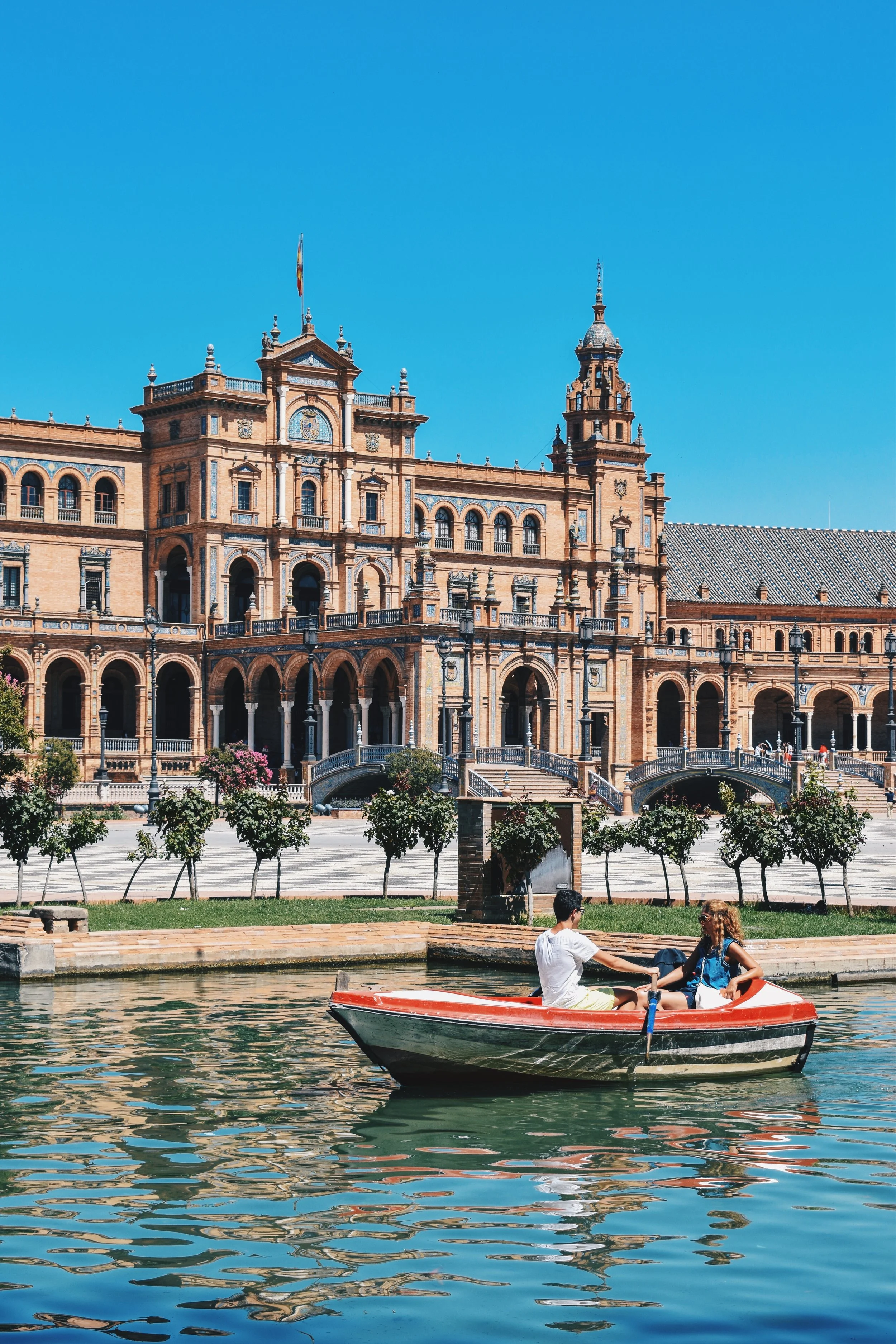The Ultimate Guide to Seville: What to Do & See in the Andalusian Capital

Seville is the gateway to Andalusia for most international travellers thanks to the high speed rail connection from Madrid, a region as known for it's rich cultural sights as it's known for it's coastal towns and crowded beaches.
I spent a number of days in Seville, and managed to see most if not all of the worthy sights in the city.
Despite being one of the biggest cities in Andalusia, Seville definitely makes you feel like you're in a smaller town, especially in the historic city centre, which means a lot of the sights are all within walking distance.
Seville can easily be covered within 3 or 4 days with plenty of time to enjoy the city, with 2 days being a bit of a rush but doable with a packed itinerary.
What to See
1. Seville Cathedral (Catedral de Sevilla)
One of the biggest Gothic cathedrals in the world is situated right here in Seville, which was constructed over an entire century between the 1400s and 1500s.
Built on top of the site of a mosque (a common characteristic of many grand sights in Andalusian cities which used to be part of the Muslim dynasty when the Moors took over the Iberian peninsula), the sheer size and grandeur of the cathedral is frankly awe-inspiring, with the central nave rising to over 40 metres.
One of the biggest draws to the Cathedral includes the tomb of Christopher Columbus.
For €9, a ticket to the Seville Cathedral also gets one access to the La Giralda Bell Tower, with stunning panoramic views over the city and the hills and mountains beyond.
I've scaled many a church or cathedral in Europe for stunning views, and many of these towers are usually accompanied by seemingly endless flights of stairs, but this bell tower is scaled via a series of ramps due to the fact that going up the bell tower back in the day was via horseback.
This means the climb up isn't as tiring as you would expect.
The stunning views from the bell tower were worth the admission for me personally.
2. Alcázar of Seville (Real Alcázar de Sevilla)
The Royal Palace of the Alcázar of Seville is the crown jewel of Seville where the Spanish Royal Family comes to stay in Seville when they're in town.
Built for the Christian Kings, it also sits on the site of a residential Muslim fortress that was destroyed after the Christian conquest, meaning the Alcázar is a beautiful representation of Muslim architectural influences in Andalusia.
One of the most beautiful parts of the Alcázar includes the Gardens.
Admission costs €9.50, and many people encourage the buying of tickets beforehand in the summer, or waking up at dawn to queue up for tickets, both so you don't wait too long for tickets in the queue and also to roam around the Alcázar with fewer crowds of tourists.
Personally, I don't like buying tickets in advance in general, as I enjoy a level of spontaneity with my travels, and we joined the queue at 11am, and got in at 11:30am, which I thought was fair enough in the middle of July.
From someone who used to live and work in Spain in the hotel business, there are only a few things that you really need to buy out in advance in Spain, which are tickets to big football games and to the Alhambra in Granada and La Sagrada Familía in Barcelona. Well, that and a few exclusive restaurants.
If you're headed to Granada, the Alhambra quite trumps the Alcázar in sheer size and grandeur, but the Alcázar is still worth it.
3. General Archive of the Indies (Archivo de Indias)
if you're tired of paying admission fees for sights and monuments, the General Archive of the Indies is a little museum just across from the Cathedral and Alcázar, with a focus on engineering in the sub aspects of civil and naval engineering etc. and comes with free admission.
The draw here is that it's where important archival documents from the former Spanish empire that stretched from Latin America to The Philippines are held, though most aren't actually put on display for showcase which was slightly disappointing, though if you're interested in engineering, this will be a wonderfully informative museum.
Also, the museum is housed in the beautifully grand Casa Lonja de Mercaderes, which used to be the former merchants' exchange institution, or Market House of Seville.
4. The Santa Cruz Neighbourhood (Barrio de Santa Cruz)
Characterised by alleys so narrow that you can stretch out your hands and touch both walls on each sides, the Santa Cruz neighbourhood is the former Jewish neighbourhood lined with restaurants in small plazas and squares, as well as small shops, hostels and hotels.
The most interesting thing to do here, is really just to wander around aimlessly, and it's wonderful to get lost in the maze of the streets.
Most streets are impassable by car, and there are flamenco museums here as well.
There are plenty of tapas bars, souvenir shops and the like to spend an afternoon willing away.
If you'd like to wander the streets alone, wake up bright and early before the crowds come in.
5. Plaza de España
Built in 1928 for the 1929 Ibero-American Exposition, Plaza de España, situated in Parque de Maria Luisa, is an absolutely stunning square which no one should miss in Seville.
Marvel at the beautiful ceramic tiles (quite like the azulejos of Portugal and other parts of Spain) all around.
A grand building built in the style of the Renaissance/neo-Moorish in a semi-circle with a tower on each side, there is a canal in front of the building with four bridges crossing it, and you can rent a boat to paddle in, which many did on a summer afternoon.
These days, the building houses governmental offices.
The Alcázar has been used as a location for the shooting of Game of Thrones, and the epic grandness of Plaza de España too has made an appearance in films such as Star Wars.
Plaza de España is situated on the outside of the city centre, which is a 20 minute walk out, which can be pleasant in cooler temperatures, but in the heat of summer, you can opt for the brand new, sparkling clean trams that run from Plaza Nueva to San Bernardo, and walk from the latter station.
Currently, the tram runs between 4 stations, with plans to extend the station as far as the Santa Justa Railway Station, which has been postponed for the extension of the metro lines, though we never found any use for the metro and other public transportation options due to the proximity of the sights from each other.
Head up to the second floor of the building in Plaza de España for beautiful views of the building and canal, with different times of day and light offering different views.
6. Metropol Parasol (Las Setas de Sevilla)
A massive wooden structure situated in Plaza de la Encarnación was designed by a German architect and built in 2011, which is locally known as "the mushrooms" of Seville.
Here, you'll find a museum below, and a walkway on top with beautiful views of Seville.
At the square is where many local teenagers and youngsters hang out and skate around.
Construction of Metropol Parasol drew complaints from locals for the fact its architecture doesn't quite fit in with the buildings in the historic city centre, as well as the €86 million euros used for its construction.
7. Triana
Triana is the former neighbourhood of gypsies, and one of the places that claims to be the birthplace of flamenco, an often disputed tout.
Still, inhabitants of Triana used to consider themselves so different that they identified with being from Triana rather than Seville, and though is only separated by the Guadalquivir River, used to say crossing the bridge was "travelling to Seville".
These days, Triana is a neighbourhood not unlike other neighbourhoods in the city.
The highlight of Triana is the Mercado de Triana, with plenty of stalls selling fresh food, drinks, flowers, and the like, and transforms into a buzzing food hall when it's time for a meal.
Additionally, don't miss out on Calle Betis, the waterfront promenade of Triana that comes alive in the evenings with it's restaurants and bars lining the river bank.
8. Torre del Oro
Translating to the Gold Tower, the tower served as a point for surveillance along the Guadalquivir River, and now houses a small museum related to the maritime industry.
It costs €3 to go in and climb to the top of the tower to see a view of the city and visit the museum, but I personally don't find this to be the most worth it, though you can take advantage of the fact that admission is free on Monday.
Views are most definitely better from the La Giralda bell tower at the Cathedral.
9. Universidad de Sevilla
The University of Seville is housed in a beautifully grand building, and the reason for this is because said building used to be Seville's Tobacco Factory.
Back when the Spanish conquered the Americas, they brought over the tobacco plant and made cigars out of them, and this building used to employ thousands of workers in this factory.
When it was converted into the headquarters of the University of Seville, much of the courtyards in the interior were transformed, but the façade of the building remains one of the greatest examples of industrial buildings of that time, and is nice to enter and take a walk in a campus as storied and beautiful as this.
10. Walk Down Av. de la Constitución to and from Puerta Jerez
The wide promenade of Av. de la Constitución is where the tram runs, and where plenty of tourists will end up thanks to the tram stations and the proximity to the Cathedral.
I picked up a few vintage postcards from this street, but there are plenty of shops here, with the ice cream shop in particular packing in the crowds on a summer afternoon.
TRAVEL TIPS AND HOW TO GET AROUND
Personally, I found Seville itself to be easy to get around on foot.
If it weren't for the relentless heat of the Spanish sun during the summer, I don't think I would've even bothered using the tram. I never got to use the metro as I never needed it to get around, but if you do opt for public transport anyway, it's pretty well-maintained and easy to use, and the trams are spanking clean and brand new.
If you're looking out for day trips, Seville makes for an easy base to get around other cities and towns in Andalusia, which means it's a great base to rent a car and drive out from and get around, or hop on a train or bus to take you to another town. Whilst in Seville, I took a day trip out to Cádiz, which was a 2 hour journey each way, and Cádiz with it's deep blue sea sparkling in the sunshine under a clear blue sky was exactly what I needed.
Read: A Day Trip From Seville to the Stunning Coastal City of Cádiz— What to See, Do & Eat
I liked Seville, but it wasn't my favourite place in Andalusia, that would have to be reserved for the white villages and Granada, but Seville is an important gateway into the region, especially if arriving from other parts of Spain including the capital of Madrid.
Read: The Ultimate Guide to Madrid— What to See, Do & Eat
Seville never struck me as a massive city, despite it's obvious importance and size, and this might be due to the fact that aren't many new buildings around, and many consider Seville to be one of the prettiest cities in all of Spain.
I have to admit that the smell of horse shit in the historic centre near the Cathedral was quite off-putting, and I can't imagine the horses are having a whale of a time galloping around the same tired routes with tourists on their back, but I tend to feel uncomfortable with many aspects of animal tourism anyway.
If you can, I'd recommend going on a walking tour of Seville.
I joined one and I was surprised at the sheer number of tourists that showed up, so much so that guides had to split the group by language (French, English, and of course, Spanish), and further more again to break up the group. I'm quite a big fan of walking tours for the freedom they give travellers in deciding how much to pay for the tours, and the fact an enthusiastic local of the city brings you around, and it gave me a much better insight into the surface of Seville's history and it's streets.
There was plenty of good food to be found in Seville, and I visited two of the best tapas restaurants throughout my 3 week multi-city trip, namely La Brunilda Tapas and Ovejas Negras Bar de Tapas.
If you're choosing which cities to visit, I'd recommend Seville for it's importance and it's accessibility.
It might not have been my favourite city I visited this time around, but I wouldn't have wanted to miss any of this either.
From my trip to Spain this summer, I've turned some of my photography into my brand of everyday products which you can check out below. Worldwide shipping is available so if you're looking for a tote bag or postcard to take home to remember your travels if you too have been to these parts of Spain, and if you'd like to support this passion project of mine, look no further!
View the full product catalogue at the shop here.


